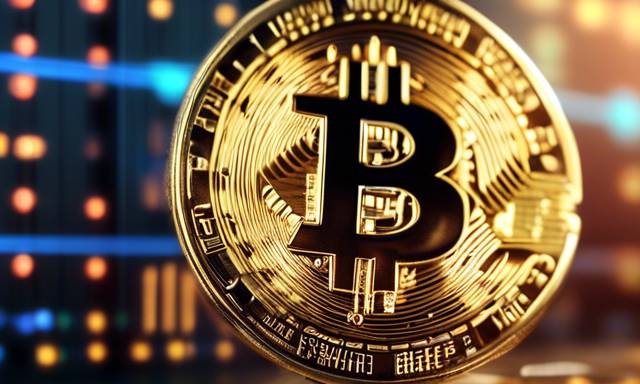Understanding EVM-Compatible Blockchains and Their Impact on the Crypto Landscape 🌐
This article delves into the concept of EVM-compatible blockchains, detailing their features and how they contribute to enhancing scalability and interoperability within the cryptocurrency sphere. As a crypto enthusiast, you will gain insights into the workings of these blockchains and their advantages over traditional structures.
Decoding the EVM: Ethereum Virtual Machine 🖥️
The Ethereum Virtual Machine (EVM) serves as a Turing-complete runtime that executes smart contracts on Ethereum. It operates by processing transactions and executing operations within the blockchain through a stack-based system coupled with a gas mechanism to allocate network resources. The EVM is capable of carrying out any computational task constrained by gas limits, thereby ensuring both security and predictability. It translates smart contracts coded in languages like Vyper or Solidity into bytecode for execution.
What Constitutes an EVM-Compatible Blockchain? 🔗
EVM-compatible blockchains follow the same protocols and standards as the Ethereum blockchain. This compatibility allows developers to utilize Ethereum’s infrastructure and tools to create and launch applications across various networks. Such blockchains can efficiently run Ethereum-originating smart contracts and decentralized applications (dApps) without needing significant alterations, employing identical consensus mechanisms and programming languages as Ethereum itself.
Features of EVM-Compatible Blockchains 🏗️
Enhanced Scalability 🚀
One of the pivotal features of EVM-compatible blockchains is their scalability. They aim to rectify Ethereum’s scalability challenges, providing quicker transaction times with reduced costs, thus meeting the increasing demand for effective blockchain solutions.
Favorable for Developers 👩💻
These blockchains create a familiar playground for developers who are already well-versed in Ethereum, which streamlines the adaptation process. The resultant environment fosters a spirit of exploration and innovation among developers as they engage with these networks.
Facilitating Interoperability 🔄
Interoperability is another significant feature that allows smooth interactions within the Ethereum ecosystem, forming a network of interconnected blockchains. This environment permits users to execute transactions, exchange data, and move assets across various chains.
Cost Efficiency 💰
EVM-compatible blockchains offer considerable cost savings by providing a uniform environment where developers can craft their code once and deploy it across multiple chains without creating distinct codebases. The usage of Solidity reduces the learning curve for those entering the field.
Exploring BNB Smart Chain (BSC): A Prime Example of EVM Compatibility ⭐
BNB Smart Chain (BSC) stands out as a notable EVM-compatible blockchain, recognized for its innovations and robust infrastructure choices.
Diversity in EVM Clients 🛠️
BSC operates on three distinct clients: Geth, Erigon, and Reth. The advanced storage model of Erigon bolsters network dependability by mitigating potential issues present in Geth’s implementation. The Rust-based Reth client aims to enhance security, improve efficiency, and foster greater decentralization.
Quick Transaction Finality ⚡
With the introduction of Fast Finality through the BEP-126 update, BSC significantly boosts transaction finality. By merging Proof-of-Stake Authority (PoSA) with Byzantine Fault Tolerance (BFT), transactions are finalized in roughly 7.5 seconds, thereby improving security and the overall experience for users.
Parallel Execution in the EVM 🚦
BSC’s implementation of a parallel EVM serves to improve scalability by allowing multiple transactions to be executed simultaneously. This method, developed alongside NodeReal, enables several EVM instances to handle transactions concurrently. This initiative comprises three key phases: establishing a framework, enhancing efficiency, and optimizing the overall transaction process.
EVM-compatible blockchains contribute significantly to the crypto realm with their efficiency, scalability, and interoperability while also lowering operational costs. The ongoing innovations from BSC in the EVM space notably bolster network performance and facilitate resource optimization, positioning themselves as critical elements in the drive to onboard millions of new users into Web3 this year.
Hot Take: The Future of EVM-Compatible Blockchains 🔮
As the landscape of cryptocurrency continues to evolve, EVM-compatible blockchains will play an increasingly vital role. Their unique features not only address existing challenges but also pave the way for broader adoption, enhanced user experiences, and improved transaction efficiencies. Embracing these technologies could crucially shape the future of decentralized applications and the overall crypto ecosystem.





 By
By
 By
By

 By
By
